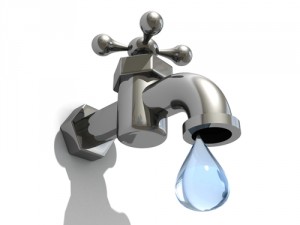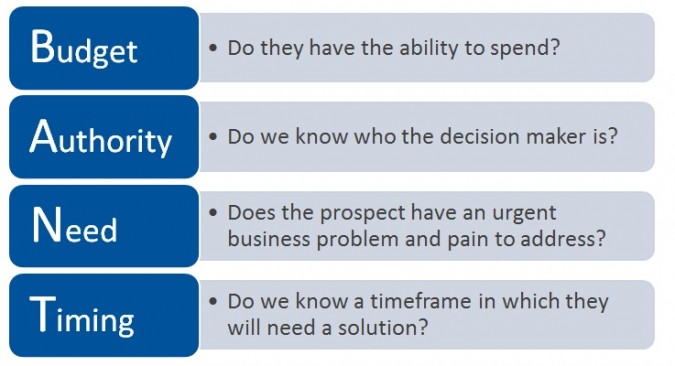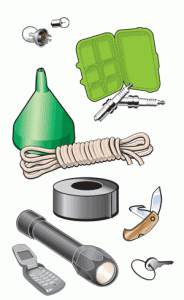Why Do Modern Businesses Need Lead Nurturing?
 Every business needs a systematic lead nurturing plan if they hope to stay competitive in today’s marketplace. Times are changing and every company’s marketing efforts have to change along with it. Thanks to online capabilities the world is now an open market and no customer is out of reach. By having a reputable, high ranking online profile, the possibilities for growth are exponential. Below are three examples of why modern businesses need lead nurturing.
Every business needs a systematic lead nurturing plan if they hope to stay competitive in today’s marketplace. Times are changing and every company’s marketing efforts have to change along with it. Thanks to online capabilities the world is now an open market and no customer is out of reach. By having a reputable, high ranking online profile, the possibilities for growth are exponential. Below are three examples of why modern businesses need lead nurturing.
To qualify, find & segment leads first!
Leading nurturing starts with a proven marketing automation program that is designed to find and qualify potential leads. There are countless potential leads surfing the web every day, but searching for leads manually is too time consuming (and costly) for anyone to do it with any real success. Automated systems like Lead Liaison helps businesses track and qualify leads and then segment them into definable groups. By grouping leads based on demographics, personal interests, similar browser history and any other criteria important to your business nurturing can be personalized without having the daunting task of targeting each prospect specifically. Lead nurturing can then be geared towards a pre-determined set of leads that share common goals and backgrounds.
To provide quality information!
Every lead nurturing email, article, free report or tutorial needs to be created with the lead’s interests and desires in mind. It has to grab their attention and provide real value, so they are inspired to continue reading. By understanding a leads interests, the information that is sent can be catered specifically to topics that they want to learn more about. Modern businesses need to send out quality information regularly to build trust and establish themselves as experts in their specific field. A lead is more likely to convert when they feel confident in their choice.
To stay competitive!
The global marketplace not only creates more opportunities to find leads, it also creates more choices for the lead. A customer today can choose any supplier in the world. A smart shopper will comparison-shop to make sure they are getting the best product or service, at the best price from the best supplier. That is why every modern business needs lead nurturing to convert leads. They need to do something to make their business stand out as the leader in the field. If they neglect to nurture every potential lead, another business will do it.
If a company neglects opportunities created by marketing automation and lead nurturing, they will lose out to businesses who have already contacted the lead and leverage marketing automation technology. That is why it is crucial that every company has a strategic plan for generating, qualifying, segmenting and converting leads into sales through quality lead nurturing. A modern business won’t be able to stay competitive if they are not practicing lead nurturing. Don’t fall behind the times and let your competitors take away your business!









 A lead has marginal value until it can be successfully converted into a sale. Businesses spend a considerable amount of time and money securing quality leads and cannot afford ineffective nurturing. Use some of these guidelines to convert leads using smart lead nurturing. If the information that is sent out is not relevant and informative to a lead’s specific interests then the content will be of no value to them. That is why the first step is to qualify leads and segment them based on their browsing history.
A lead has marginal value until it can be successfully converted into a sale. Businesses spend a considerable amount of time and money securing quality leads and cannot afford ineffective nurturing. Use some of these guidelines to convert leads using smart lead nurturing. If the information that is sent out is not relevant and informative to a lead’s specific interests then the content will be of no value to them. That is why the first step is to qualify leads and segment them based on their browsing history.
